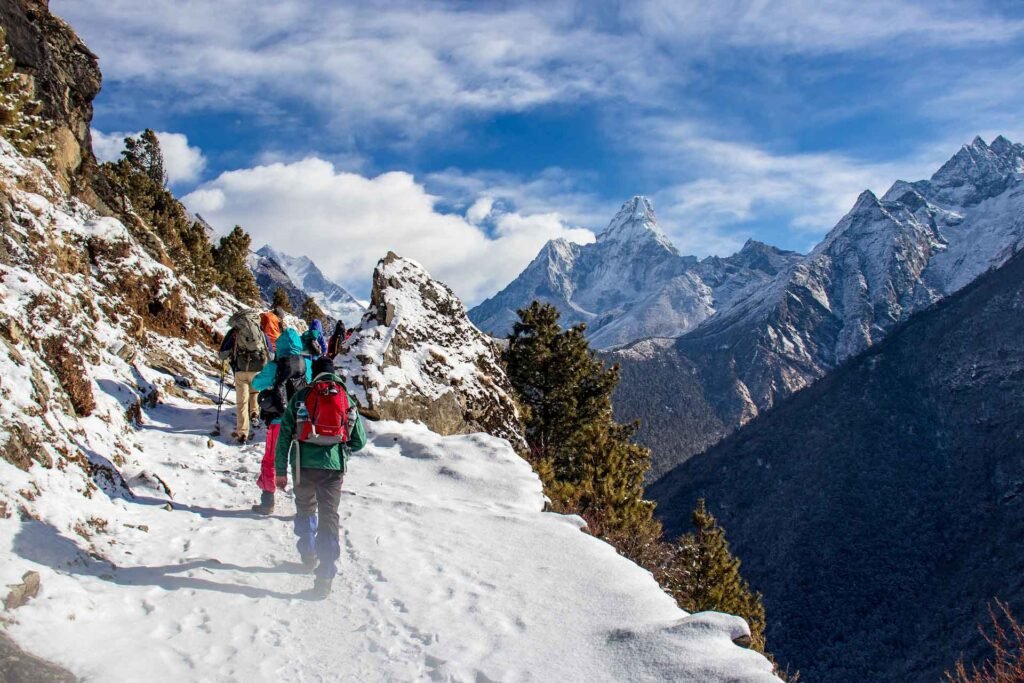
Trekking is one of the most fulfilling experiences for any traveler. It combines the rush of adventure with the peace that comes from being surrounded by nature. Whether you’re hiking in the serene Valley of Flowers, exploring the spiritual landscapes of Kedarnath, or conquering any of the majestic Himalayan trails, trekking can be life-changing. But, to fully embrace the challenges and rewards of trekking, solid preparation is essential. Here’s a comprehensive guide to help you get ready for your next trek, including tips to ensure your mental health is just as well-prepared as your body.
One of the most crucial aspects of trekking preparation is getting your body in shape. Trekking is demanding, both physically and mentally, and your body needs time to adjust to the strain. If you want to enjoy your trek without undue stress or discomfort, you need to start conditioning well in advance.
When it comes to trekking, the gear you use plays a pivotal role in your comfort and safety. Investing in high-quality equipment is essential, as cheap alternatives can lead to injuries, discomfort, or even accidents.
The right gear not only ensures your safety but also helps you enjoy the experience without unnecessary discomfort.
When trekking at high altitudes, especially in regions like the Himalayas, altitude sickness (AMS) is a real concern. As the air gets thinner, your body struggles to get the oxygen it needs, which can lead to headaches, dizziness, and nausea. To minimize the risk of AMS, acclimatization is key.
Acclimatization Tips:
Proper acclimatization ensures you can enjoy your trek without falling victim to altitude sickness.
Staying hydrated is crucial, especially when trekking in remote locations. Dehydration can lead to exhaustion, cramps, and headaches, making the trek much more difficult. Additionally, what you eat is just as important as how much you drink.
Hydration & Nutrition Tips:
Proper hydration and nutrition will keep your body fueled and ready to tackle the day’s challenges.
Packing efficiently is one of the most important parts of your trek preparation. You’ll need to carry everything you need without overburdening yourself. A heavy pack can quickly become exhausting, especially on steep climbs.
Packing Tips:
Packing smart helps you minimize weight while ensuring that you have everything you need to stay safe and comfortable.
Trekking is as much a mental challenge as it is a physical one. Mental resilience is crucial for overcoming fatigue, fear, and self-doubt during tough moments, especially when the trail gets challenging or weather conditions become unpredictable.
Mental Preparation Tips:
A healthy mindset can make all the difference in ensuring you complete the trek with a sense of achievement and joy.
Trekking is about immersing yourself in nature, so it’s important to leave no trace and respect the environment. Additionally, being considerate to locals and understanding their customs can greatly enhance your experience.
Respectful Trekking Tips:
Respecting nature and local culture ensures that trekking remains a positive experience for everyone involved.
Safety is key when trekking, so staying connected with your group and ensuring someone knows your itinerary is essential.
Safety and Communication Tips:
Staying connected helps reduce the risk of accidents and ensures a smoother, safer trek.
Trekking is an incredible adventure that requires a balance of physical, mental, and logistical preparation. By following these tips, you can ensure that your trek is safe, enjoyable, and unforgettable. So, get ready to embrace the beauty of nature and the thrill of the trail — and remember, at Trip Tradition, we don’t just organize treks; we help you experience them fully. If you have limited space at home or need a secure place to keep your trekking equipment before or after your trip, consider using self storage units Airdrie .They offer a convenient way to store gear safely while keeping your home clutter-free.